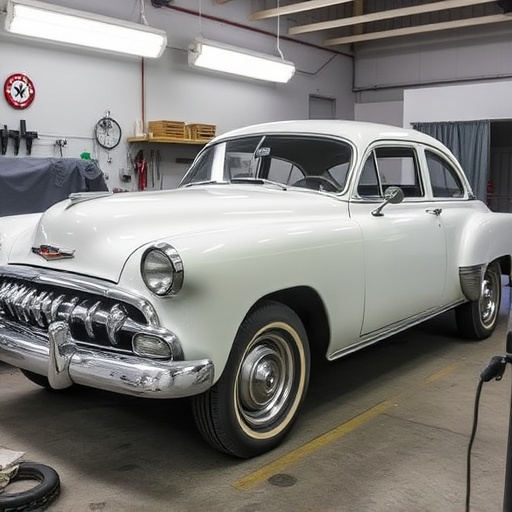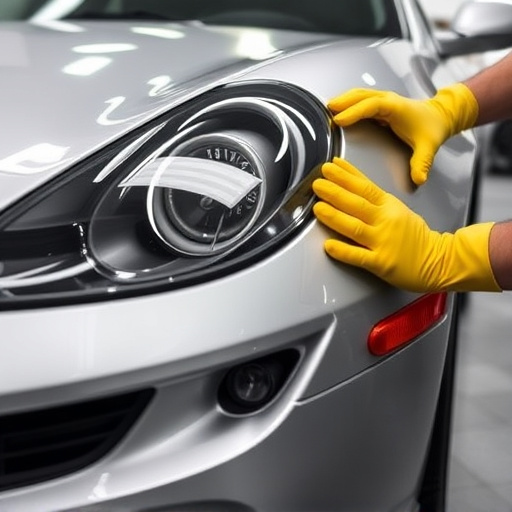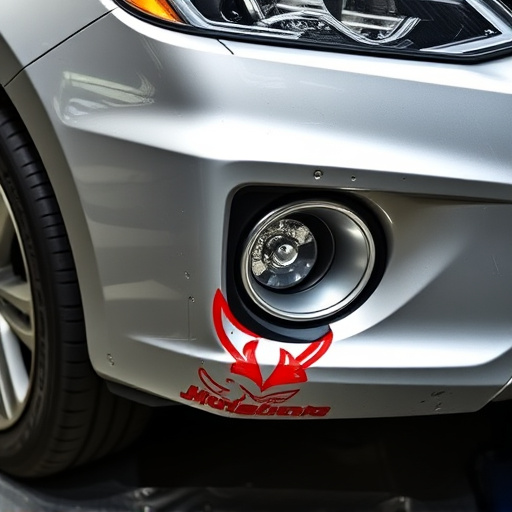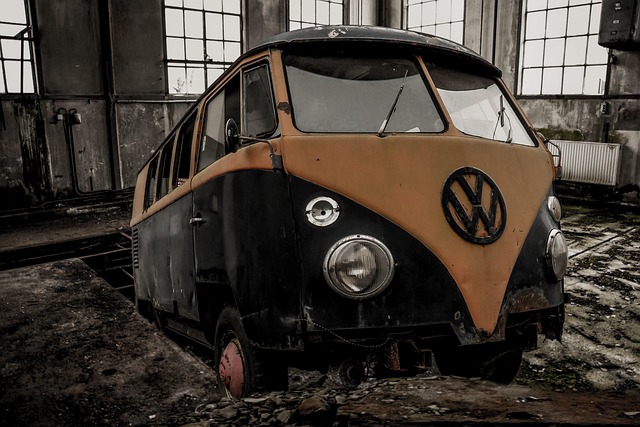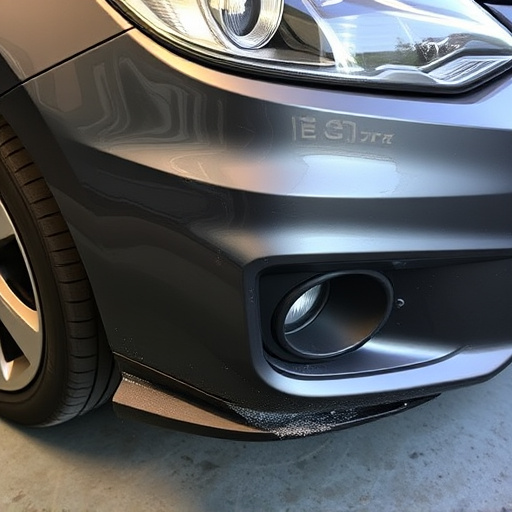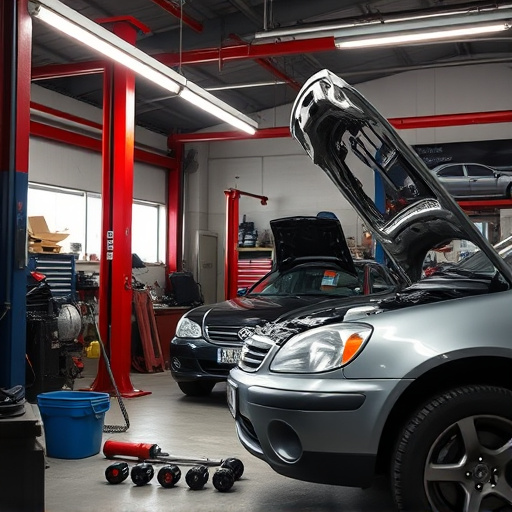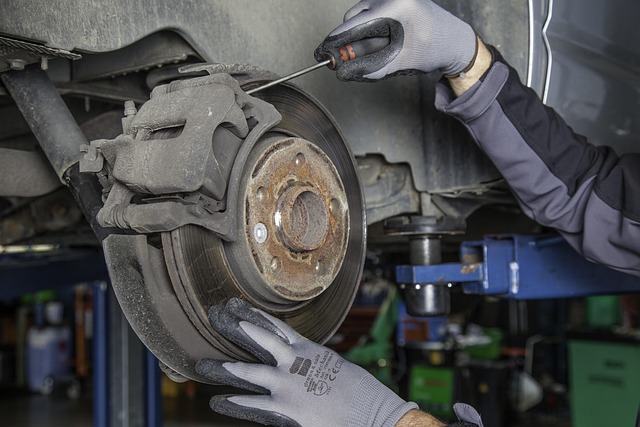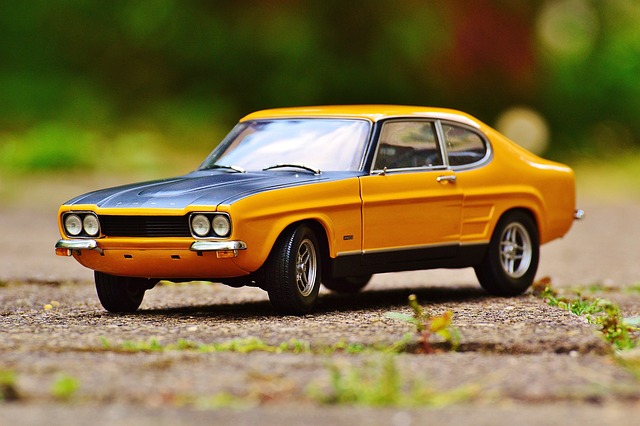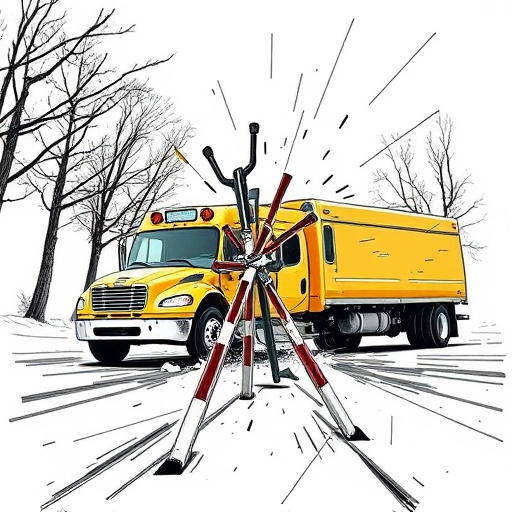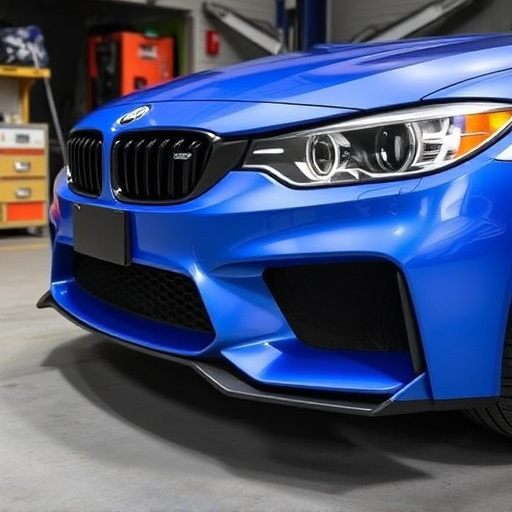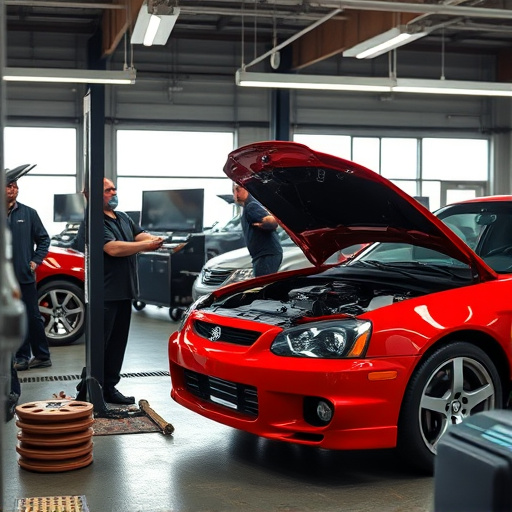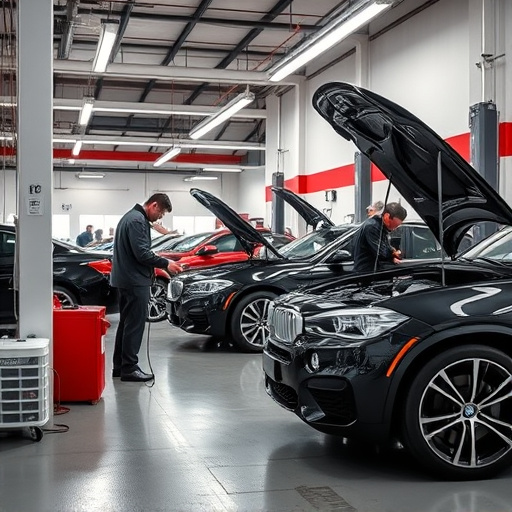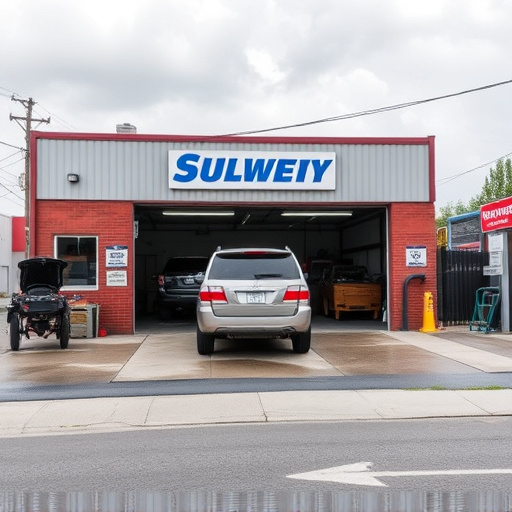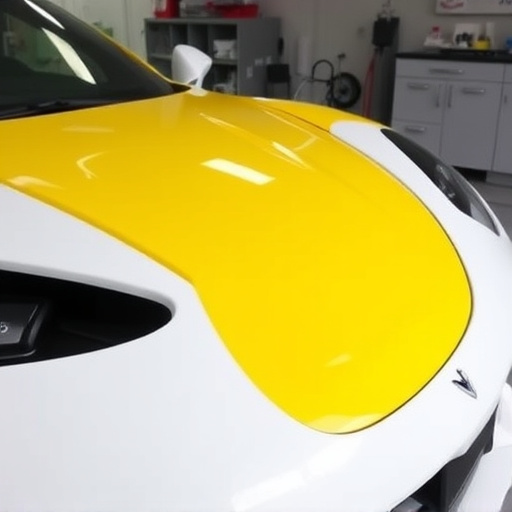Molding replacement collision is a specialized automotive service restoring vehicles' exterior components after accidents, focusing on both aesthetics and structural integrity. Using advanced tools and techniques, experts precisely remove damaged moldings and install replacements, revitalizing the vehicle's pre-accident condition. Essential in automotive safety, these services enhance crashworthiness, support auto glass repair, and maintain aesthetic appeal, making them crucial for preserving both safety and style. Innovations like CAD software and 3D printing revolutionize molding replacement, ensuring accurate design, simulation, reproduction, and durable protection.
Molding replacement collision, a revolutionary approach in automotive safety, involves the strategic use of advanced materials to replace traditional hard plastics in vehicle components. This innovative technique not only enhances structural integrity but also significantly improves crash performance. By understanding how molding replacement collision works, we can appreciate its pivotal role in raising safety standards. This article explores the basic concept, key benefits, and the technological advancements driving this game-changer in automotive safety.
- Understanding Molding Replacement Collision: The Basic Concept
- Impact on Safety Standards: Key Benefits and Contributions
- The Role of Advanced Technologies in Enhancing Safety through Molding Replacement Collision
Understanding Molding Replacement Collision: The Basic Concept
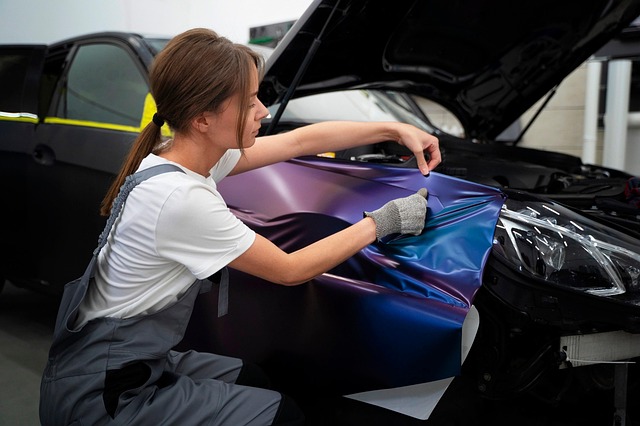
Molding replacement collision, a specialized service within the automotive industry, involves the precise and skilled restoration of a vehicle’s exterior components after a crash or accident. This process is crucial for maintaining not just the aesthetic appeal but also the structural integrity of the vehicle. When a vehicle experiences a collision, its exterior panels, including moldings, can sustain significant damage, leading to misalignment or complete replacement needs.
The basic concept behind molding replacement collision revolves around accurately matching and installing new moldings to ensure the vehicle’s exterior looks as good as new. Auto frame repair experts use specialized tools and techniques to remove damaged moldings, assess the underlying structure for any further issues, and then replace them with exact duplicates or ones tailored to fit seamlessly. Collision repair services that specialize in molding replacement collision are vital in restoring vehicles to their pre-accident condition, enhancing safety standards by addressing potential structural weaknesses exposed during a crash.
Impact on Safety Standards: Key Benefits and Contributions

In the realm of automotive safety, every component plays a crucial role, and molding replacement collision services are no exception. When it comes to enhancing safety standards, these specialized repairs offer significant benefits. The process involves meticulously replacing or repairing damaged car exteriors, including panels, fenders, and bumpers, which are vital for protecting occupants and other road users. By ensuring these exterior parts are in pristine condition, molding replacement collision contributes directly to better crashworthiness, a key aspect of overall vehicle safety.
Beyond enhancing structural integrity during collisions, these services also play an indirect but crucial role in other areas of car dent repair and auto glass repair. They help maintain optimal visibility for drivers through precise repairs, thereby improving road safety. Additionally, the aesthetic restoration facilitated by molding replacement collision can enhance driver confidence and peace of mind, knowing their vehicle is not only safe but also aesthetically pleasing after potential incidents, mirroring the importance of auto dent repair in maintaining a vehicle’s overall condition.
The Role of Advanced Technologies in Enhancing Safety through Molding Replacement Collision

Advanced technologies play a pivotal role in enhancing safety standards through molding replacement collision. Modern automotive manufacturing processes now incorporate sophisticated computer-aided design (CAD) software, allowing for precise modeling and simulation of vehicle components before they’re even produced. This ensures that every part, including moldings, is designed with safety in mind, meeting stringent industry regulations.
Additionally, the advent of 3D printing and advanced materials has revolutionized car body restoration and fender repair. These technologies enable the creation of exact replicas of original molding pieces, often with improved durability and strength. An automotive body shop equipped with these innovative tools can quickly replace damaged or missing moldings, contributing to overall vehicle safety. This is particularly crucial for elements that not only enhance aesthetics but also play vital roles in protecting occupants during collisions.
Molding replacement collision plays a pivotal role in enhancing vehicle safety standards. By understanding the basic concept and leveraging advanced technologies, automakers can significantly improve crashworthiness and passenger protection. The key benefits of this approach include better energy absorption, reduced intrusiveness, and enhanced structural integrity during collisions, ultimately contributing to safer vehicles on the road.
